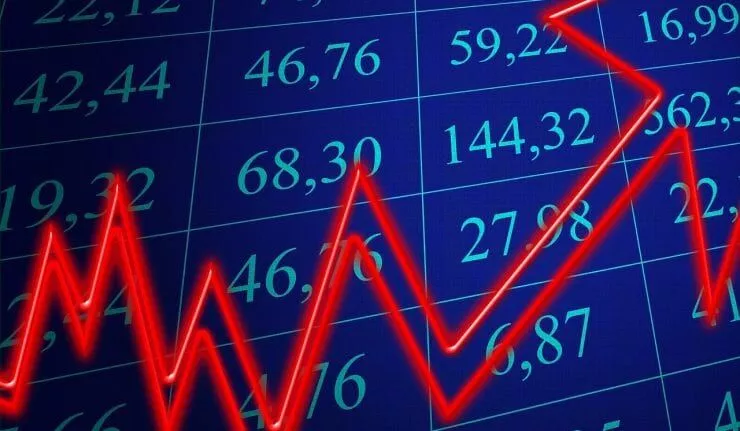Contract for differences in Australian trading
A CFD is a by-product that enables traders to speculate on the price movement of underlying assets without actually owning the underlying asset. CFDs are traded on margin, meaning traders only need to put down a small deposit (known as margin) to open a position. It makes CFDs an attractive proposition for traders who want to take advantage of leverage to magnify their potential profits.
CFDs were initially introduced in Australia in the early 1990s and have since become one of the most popular types of derivatives traded on the Australian market. CFDs are now offered by various providers, including online brokers and banks, like Saxo Bank.
The key feature of a CFD is that it allows traders to take a position on an asset’s price movement without actually owning it. For example, if a trader thinks that the price of gold will rise, they could open a long CFD position on gold. If the price of gold does indeed rise, the trader will make a profit. However, if the price of gold falls, the trader will incur a loss.
How to trade with CFDs in Australia
Let’s look at how to trade CFDs:
Find a reputable CFD broker
Several different CFD brokers are operating in Australia, so it’s essential to choose one regulated by the Australian Securities and Investments Commission (ASIC) and offers a good range of markets.
Open an account and deposit funds
Once you have selected a broker, you will need to open an account and deposit funds. Most brokers will require you to make a minimum deposit, typically around $500.
Choose your market
You can trade CFDs on various markets, including shares, indices, forex, commodities and cryptocurrencies.
Decide whether to go long or short
When trading CFDs, you can take either a long or short position. A long position is where you speculate that the price of an asset will rise. In contrast, a short position is where you speculate that the price of an asset will fall.
Choose your position size
Position size is the number of CFDs you trade. For example, if you buy 10 CFDs, this is your position size. Your position size will determine how much profit or loss you make on a trade.
Place your order
Once you have chosen your market and position type, you can place your order. Most brokers will offer a variety of order types, including limit orders and stop-loss orders. A more straightforward definition of the order types is below:
Limit order-A limit order is when you buy or sell a security at a specified price or an even better price.
Stop-loss order- A stop-loss order is when you buy or sell a security that reaches a specific price, designed to help traders limit their losses.
Market order- A market order is when you buy or sell a security at the best available price.
When you place an order, you will also need to specify the amount of margin you are willing to risk. Margin is the deposit you put down to open a position and is typically a percentage of the total value of the trade.
For example, if you wish to buy $10,000 worth of shares in Company XYZ and your broker requires a 2% margin, you must deposit $200 as a margin. Therefore, your position size would be 10,000/200 = 50 CFDs.
Monitor your trade
Once your trade is open, you will need to monitor it and ensure that it is going in the direction you want. If the price moves against you, you may wish to close your trade to limit your losses. Alternatively, if the price moves in your favour, you may wish to take some profits off the table.
Most CFD brokers will offer charting software to help you monitor your trade.
Close your trade
Once you are happy with the profit or loss you have made on your trade, you can close it. To close your trade, you place an order to sell (if you are long) or buy (if you are short).











